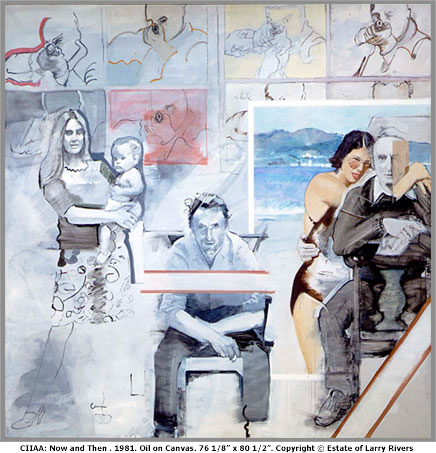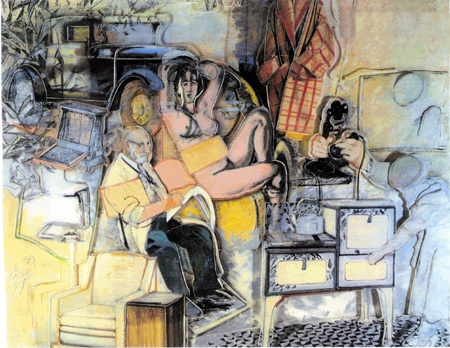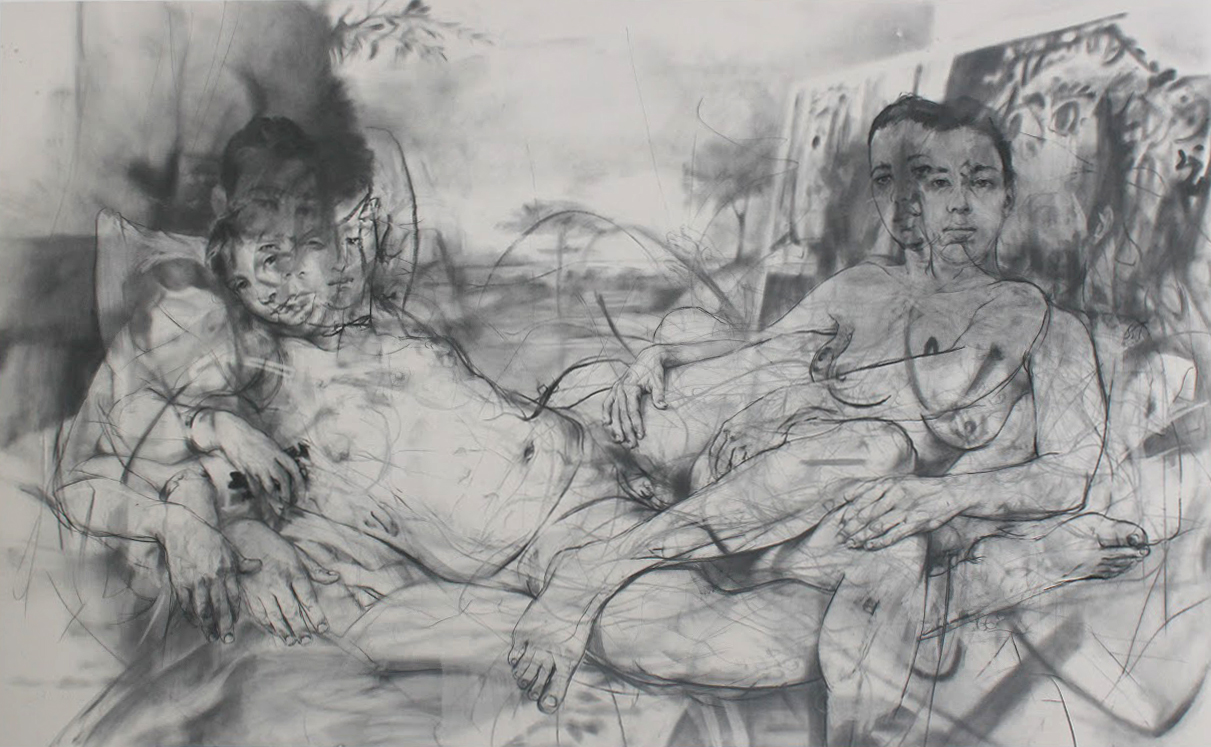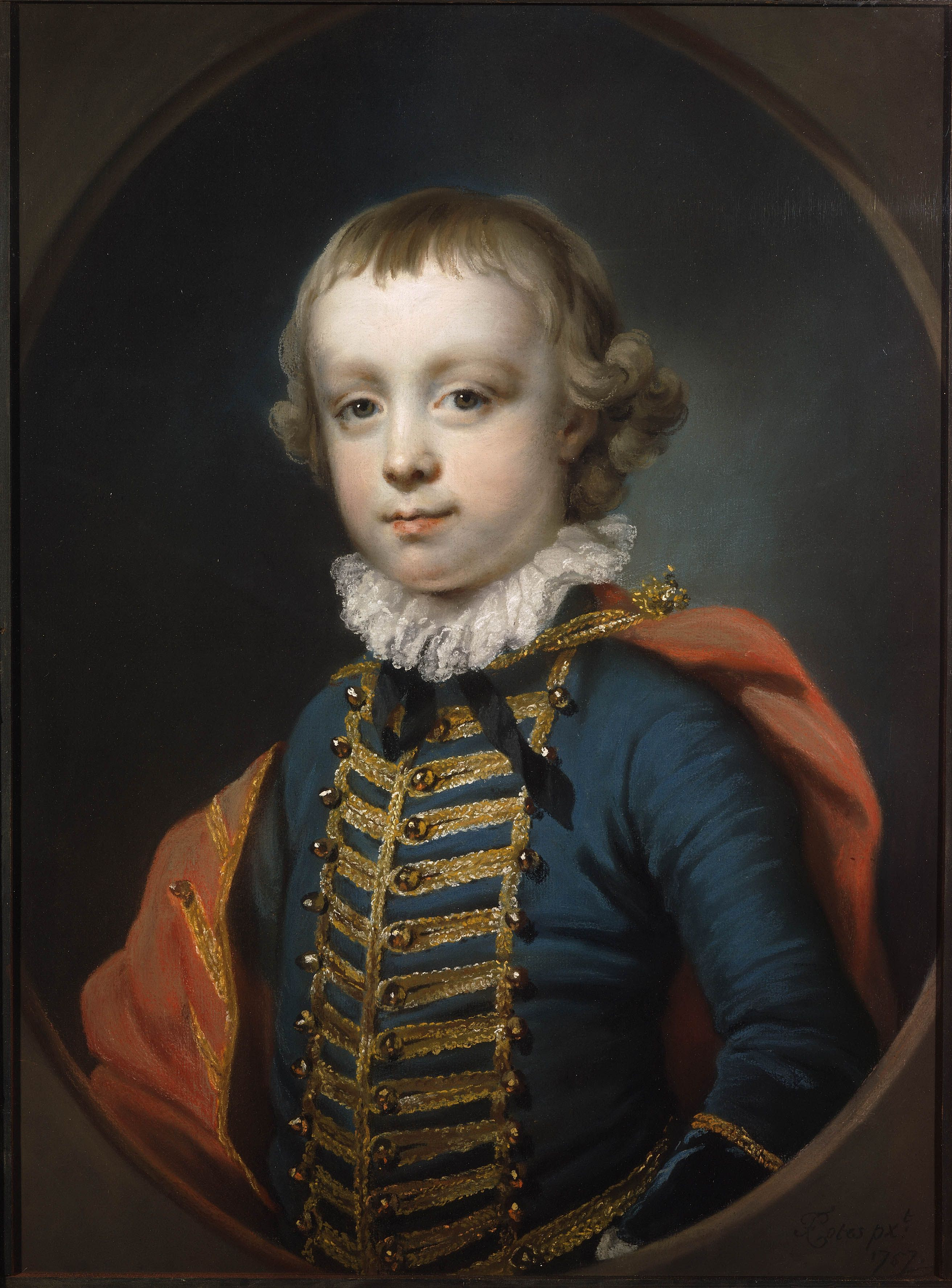Here are a few of the images I showed in class that relate to possible strategies for the mediated spaces project.

Paul Noble and "Nobstown" - use of isometric perspective

David Schnell - use of linear perspective and abstraction

Mickalene Thomas - use of collaged photo elements as a reference

Mary Iverson, use of linear perspective to add elements into a landscape

Will Cotton - Construction of still life that acts as landscape

Neo Rauch - use of expanded spaces that work non-linearly




















